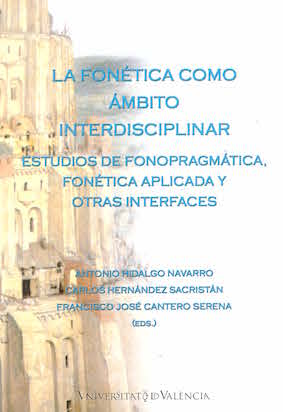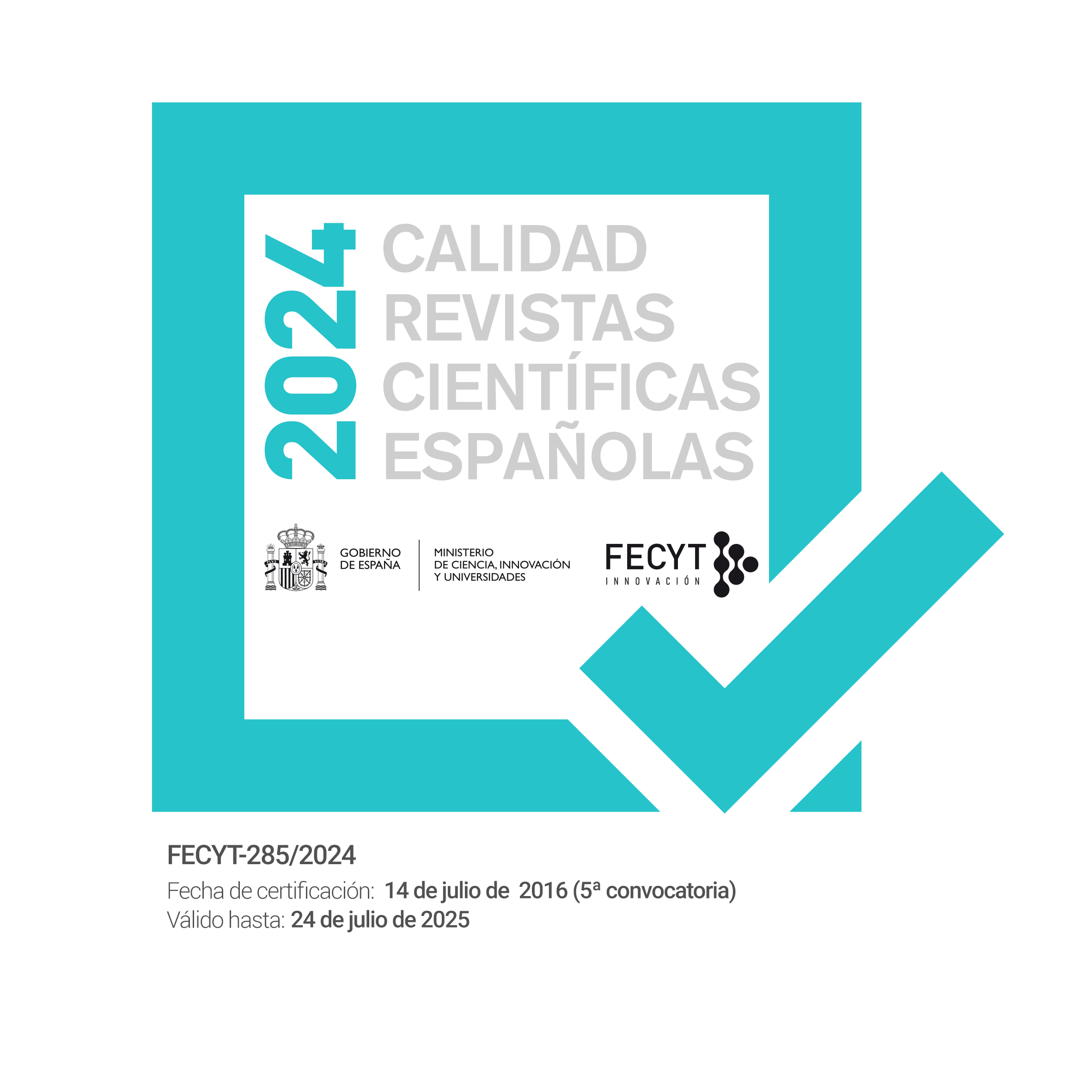Consonantal rounding in Berber and its phonetic properties
DOI:
https://doi.org/10.7203/qfilologia.19.5185 Abstract
Abstract
The labialized consonants or what should be called, for a major accuracy of the mode of the lips intervention, the rounding consonants is, together with the pharyngealization and the consonantal tenseness, one of the typical features of the Berber language. Even if the phonologization of this phonetic phenomenon remains established in Berber, however its phonetic properties are still unknown. We do not know whether we are phonetically dealing with a double articulation or with a coarticulated consonant with a rounded vowel in Berber language which is still used as oral. The spectrographic analysis we have realized allows us to affirm that the rounding consonants is a perfect secondary articulation in Berber.
Keywords: berber; consonantal rounding; double articulation.
 Downloads
Downloads
Downloads
Published
How to Cite
-
Abstract418
-
PDF (Español)287
Issue
Section
License
 Este obra está bajo una licencia de Creative Commons Reconocimiento-NoComercial-SinObraDerivada 4.0 Internacional.
Este obra está bajo una licencia de Creative Commons Reconocimiento-NoComercial-SinObraDerivada 4.0 Internacional.
Authors who publish with this journal agree to the following terms:
- Authors retain copyright and grant the journal right of first publication with the work simultaneously licensed under a Creative Commons Attribution License that allows others to share the work with an acknowledgement of the work's authorship and initial publication in this journal.
- Authors are able to enter into separate, additional contractual arrangements for the non-exclusive distribution of the journal's published version of the work (e.g., post it to an institutional repository or publish it in a book), with an acknowledgement of its initial publication in this journal.
- Authors are permitted and encouraged to post their work online (e.g., in institutional repositories or on their website) prior to and during the submission process, as it can lead to productive exchanges, as well as earlier and greater citation of published work (See The Effect of Open Access).




